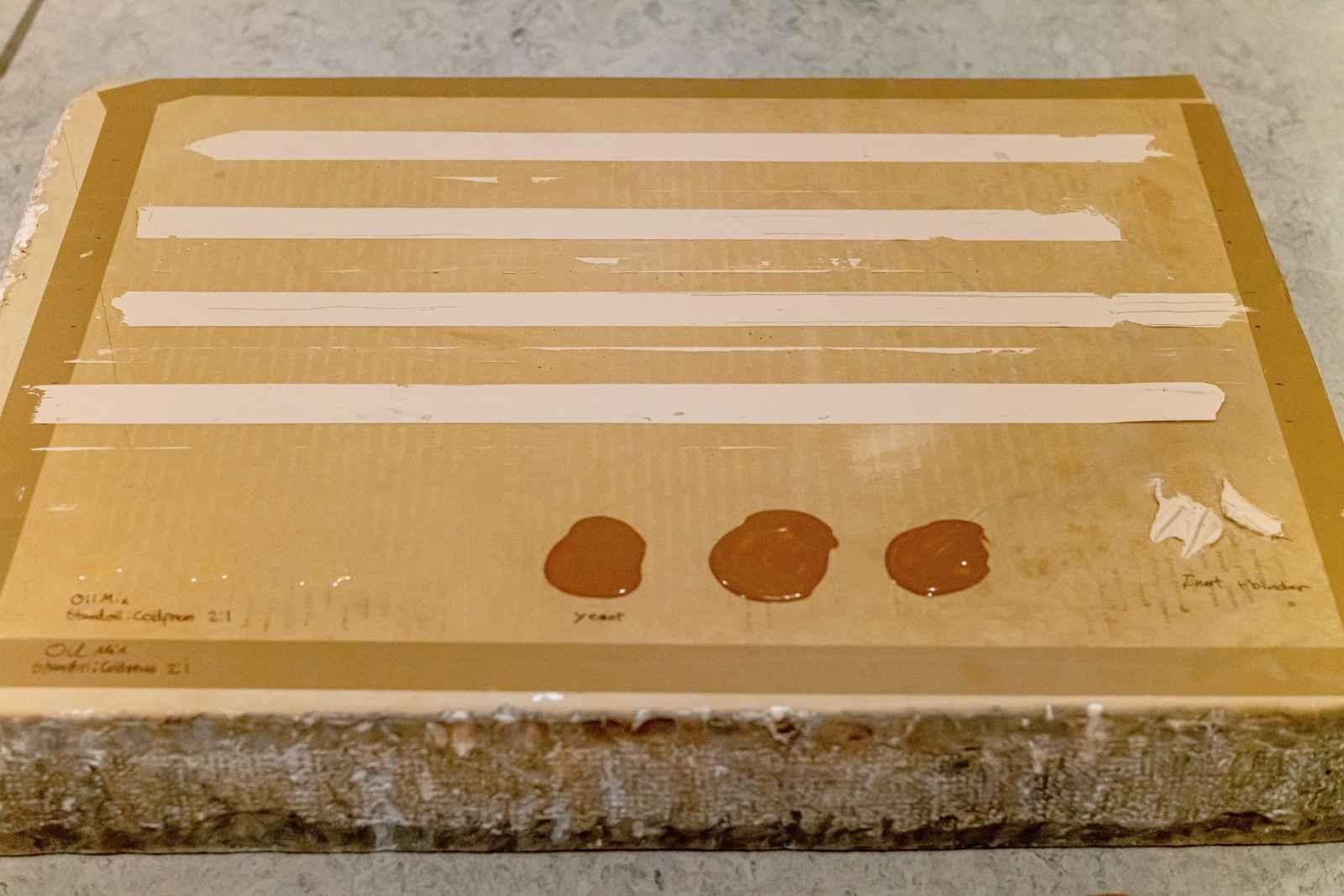
Danish painters in the 19th century may have turned to an unusual source for some of their supplies: breweries.
Researchers examined paintings from the Danish Golden Age and found traces of yeast and grains. That suggests painters were turning to byproducts from local breweries to prepare canvases, they reported Wednesday in the journal Science Advances.
Study author Cecil Krarup Andersen said they went into the project looking for glue made from animals.
“Then, by surprise, we found something completely different,” said Andersen, a paintings conservator at the Royal Danish Academy.
The brewing leftovers would have been spread over the canvases as a paste, creating a smooth surface and preventing the paint from seeping through, Andersen explained. Today, this priming process is usually done with a white mixture known as gesso.
The authors said that knowing what’s on the canvases will help in conserving them.
In the study, scientists took a look at works by two of the first master painters to come out of Denmark - Christoffer Wilhelm Eckersberg, considered the father of Danish painting, and Christen Schiellerup Kobke.
Their results showed that seven of the 10 paintings contained mixes of yeast, wheat, rye and barley proteins - some of the key ingredients for a good Danish ale.
Beer itself was a precious commodity at the time - it was even used to pay salaries - so artists probably weren’t pouring actual drinks onto their work, Di Gianvincenzo said. Instead, the Royal Danish Academy of Fine Arts, which prepared canvases for its artists, likely bought leftover mash from local breweries.